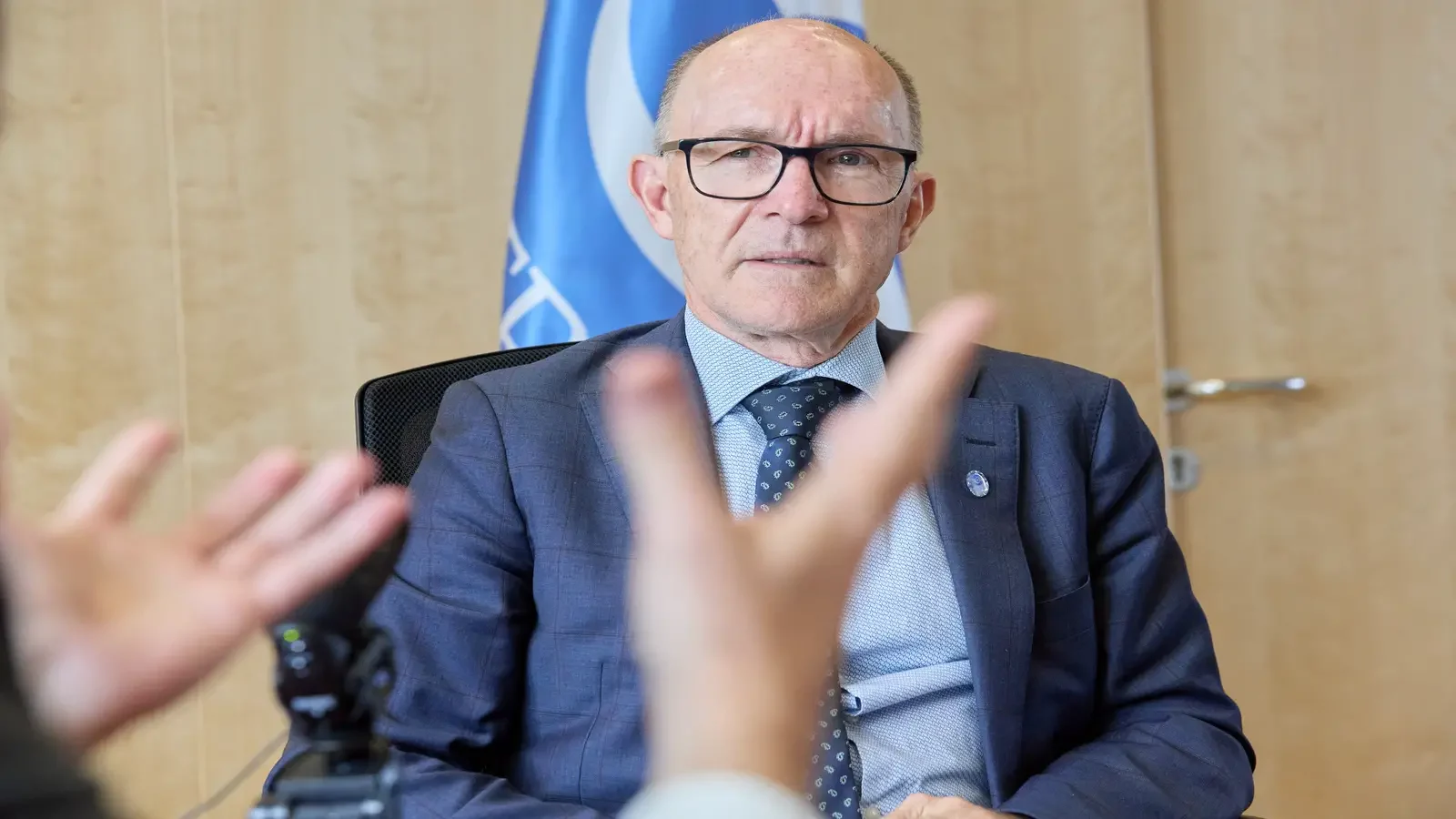Share
Uganda is steadfast in its commitment to pushing for the non-proliferation of nuclear weapons, according to State Minister for Energy and Mineral Development Mr. Peter Lokeris. In the course of a formal visit by Dr. Robert Floyd, the Executive Secretary of the Comprehensive Nuclear-Test-Ban Treaty Organization (CTBTO), Mr. Lokeris emphasized the significance of managing nuclear facilities responsibly across a range of industries, including energy, agriculture, and health.

Although Mr. Lokeris acknowledged the useful applications of nuclear technology in day-to-day life, he underlined the necessity of cautious management, especially in testing to guarantee the safety of nuclear activities. Uganda is committed to prohibiting the enrichment of nuclear resources, such as uranium, for use as weapons. Uganda signed the pact in 1996 and ratified it in 2001.
Although Mr. Lokeris acknowledged the useful applications of nuclear technology in day-to-day life, he underlined the necessity of cautious management, especially in testing to guarantee the safety of nuclear activities. Uganda is committed to prohibiting the enrichment of nuclear resources, such as uranium, for use as weapons. Uganda signed the pact in 1996 and ratified it in 2001.
Mr. Floyd emphasized the value of educating women and children in order to fortify the CTBT and make it a more effective agreement for keeping track of nuclear weapons detonations. Mr. Fred Tugume, the acting commissioner of the Department of Geological Survey, pointed out deficiencies in Uganda’s treaty implementation, pointing to low attendance at regular meetings and little involvement from high-level stakeholders in decision-making.









